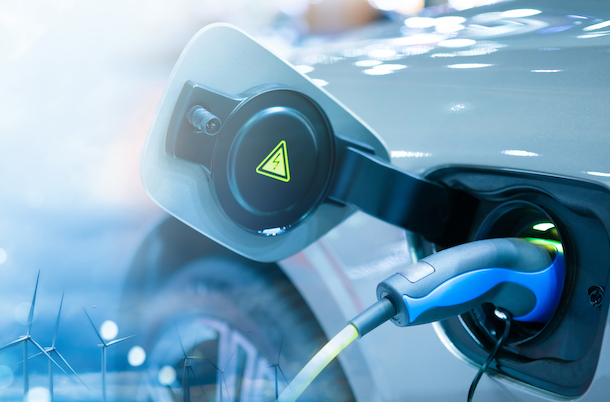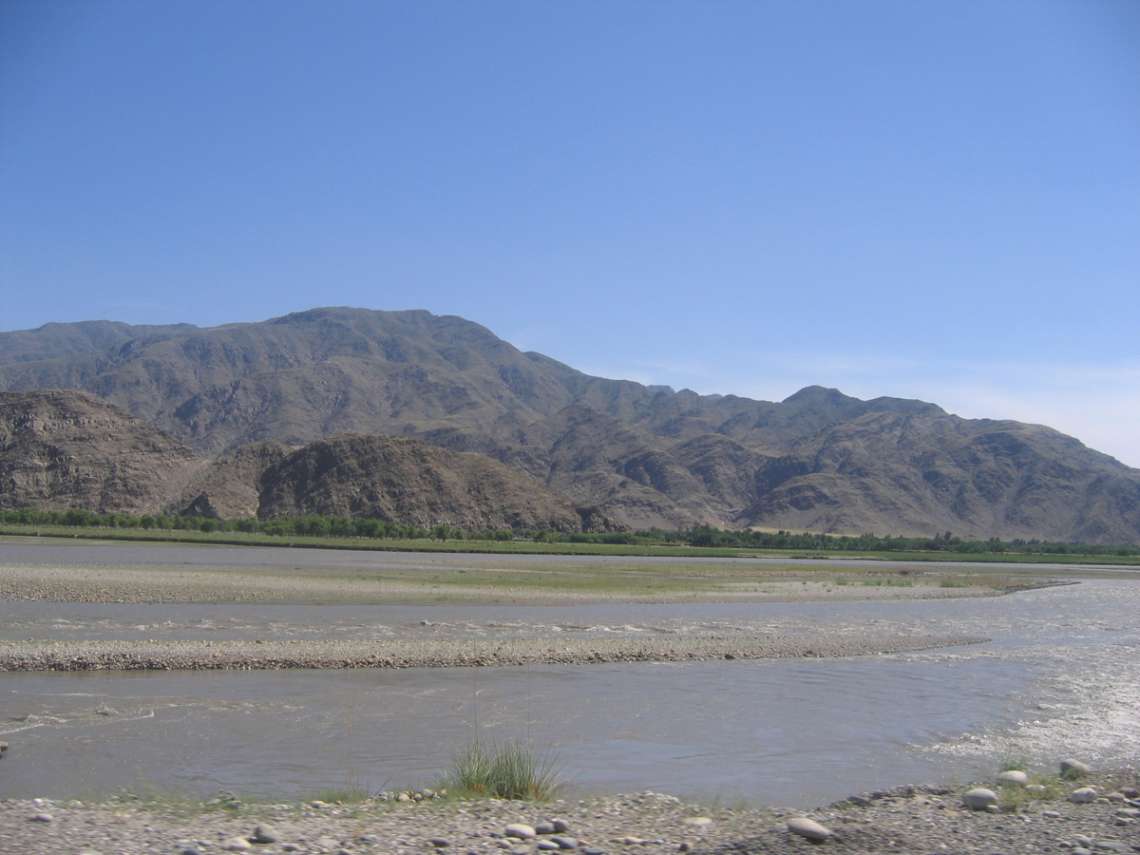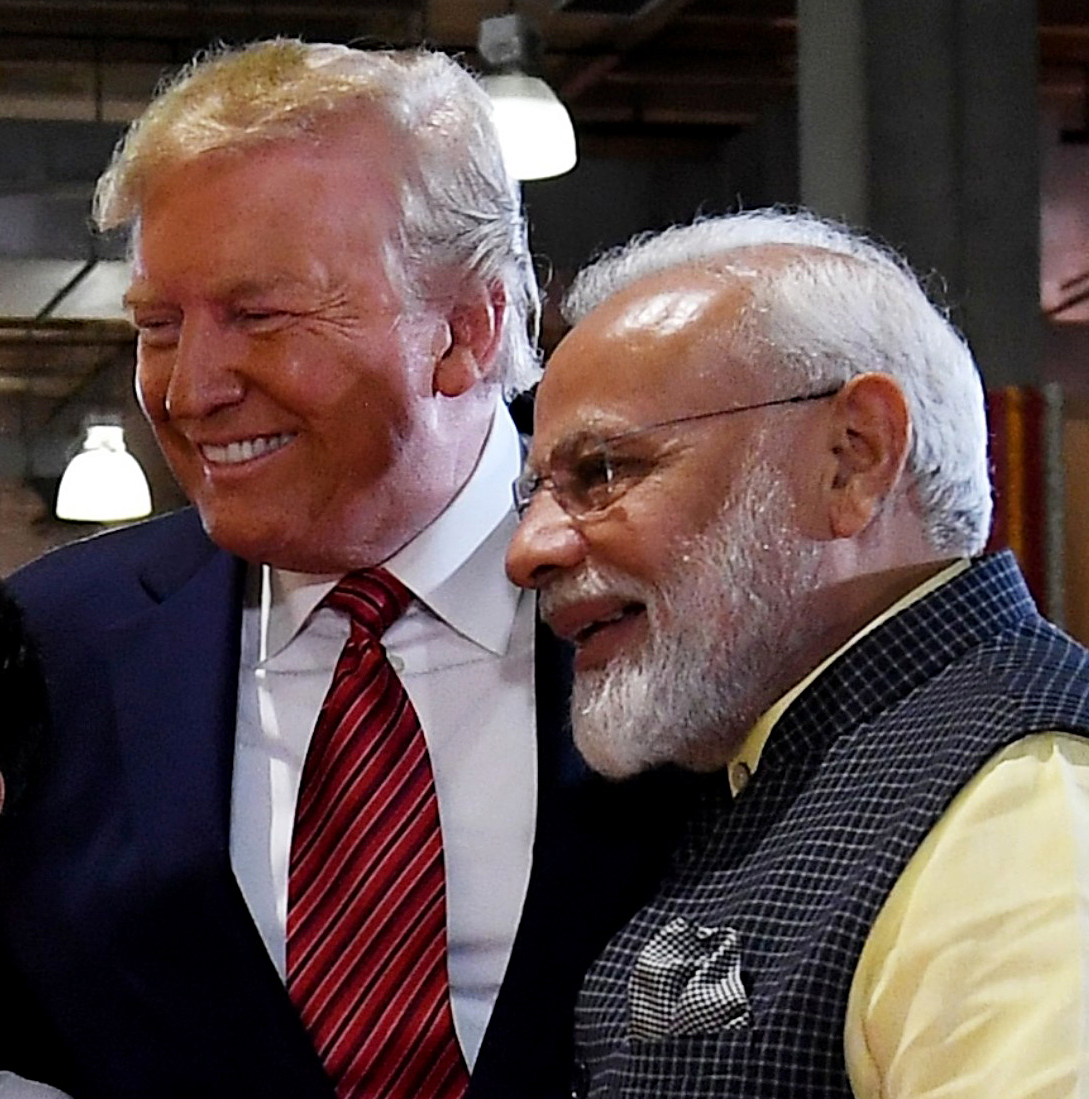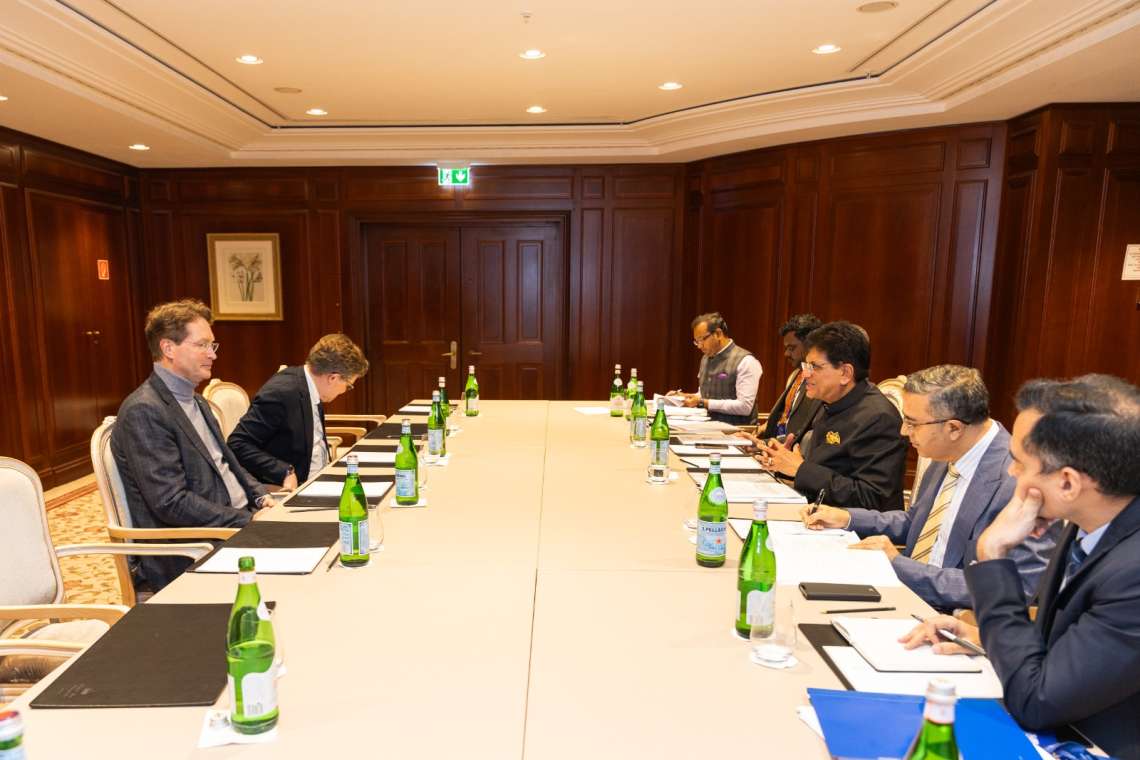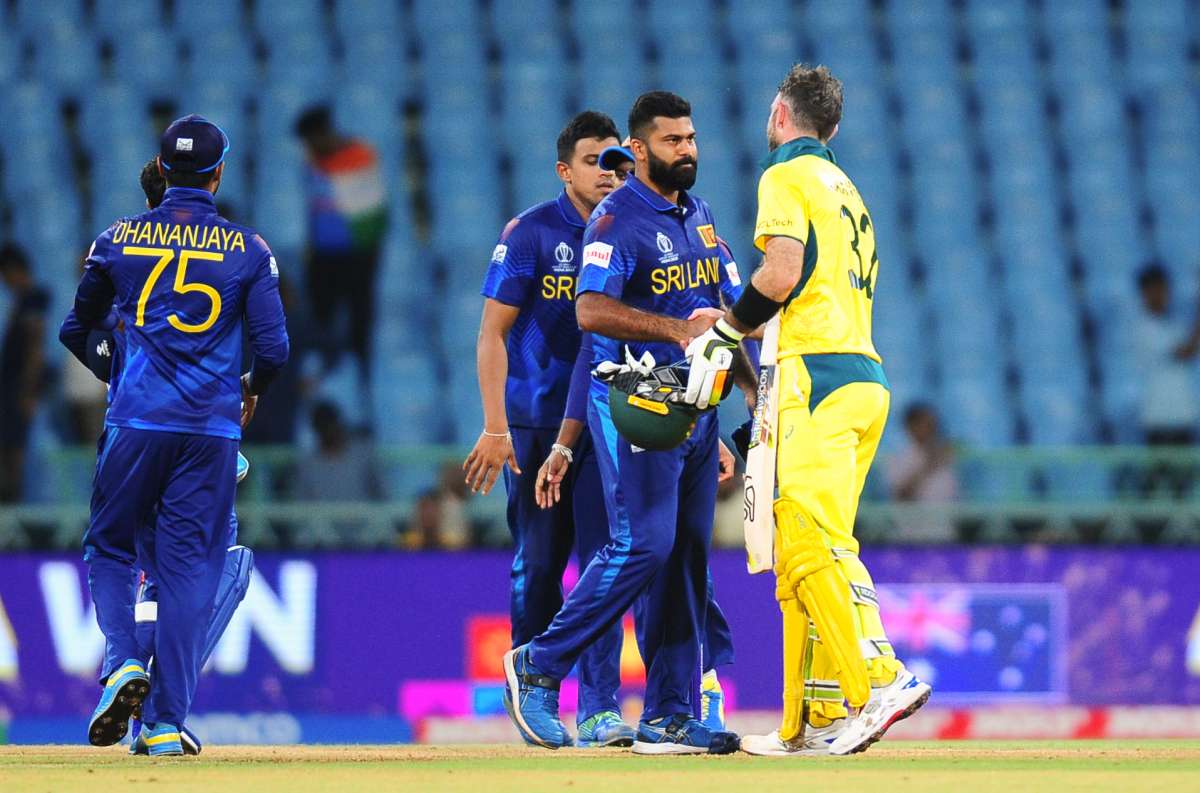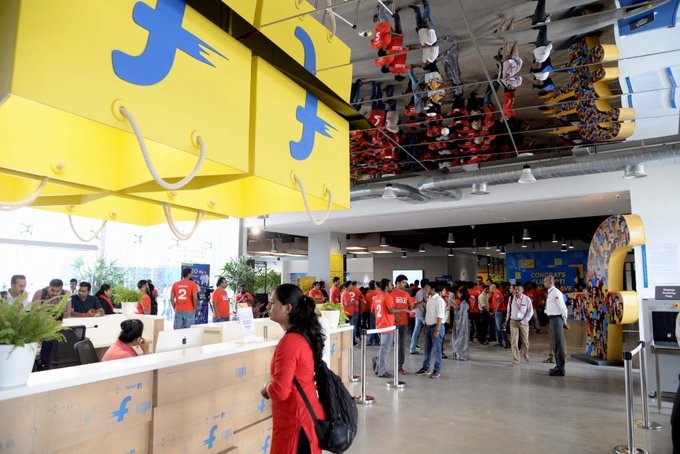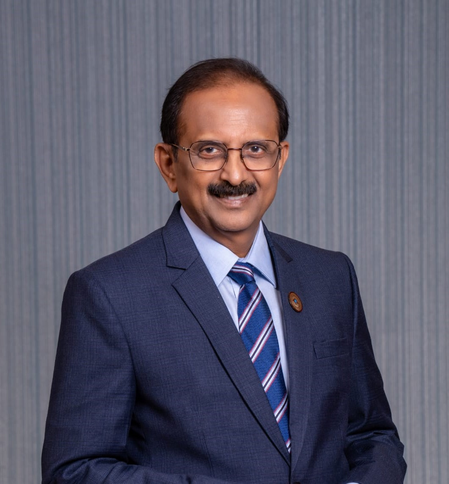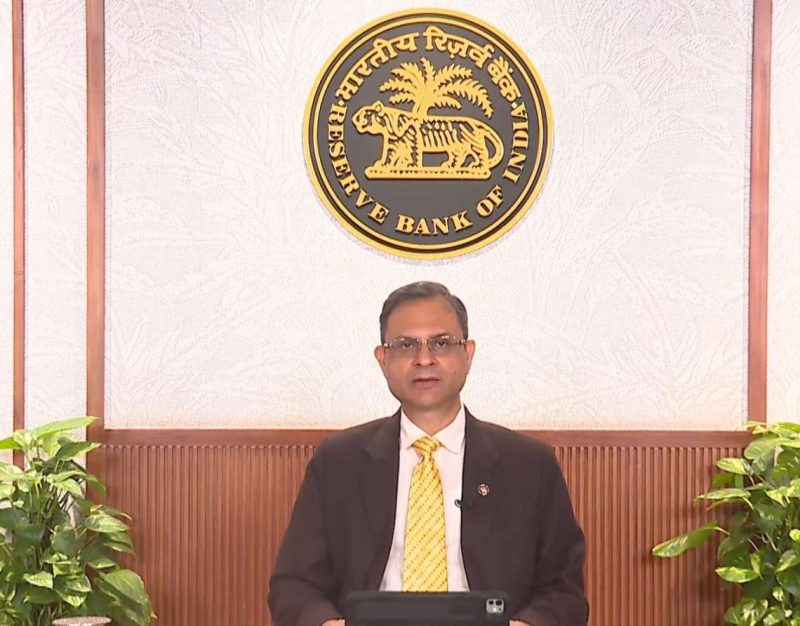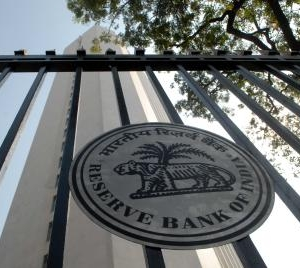BEVs Emit 15-50% More Greenhouse Gases Than Hybrids, Conventional Cars…reports Venkatachari Jagannathan
If electric vehicles (EV) have to contribute to India’s goal of net zero emissions by 2070 then an integrated action is needed failing which there will be only shifting of emissions from tailpipes to power plant chimneys, said industry officials.
They said while the energy source has to majorly turn green, for widespread adoption of EV’s necessary infrastructure has to be created hand in hand in an integrated manner.
“Coal contributes to 66 per cent of India’s emissions, while Oil and Gas contributes another 30 per cent. The industries that call for the consumption of these fossil fuels are primarily energy production and mobility,” Anirudh Ravi Narayanan, CEO & Co-Founder, BNC Motors told IANS.
“However, for India as a whole to achieve net zero, it’s very important that the source of energy powering the vehicles also be green,” Narayanan added.
The International Monetary Fund (IMF) in a paper said India has made significant progress towards meeting its emissions reductions targets under the Paris Agreement, but with current policies total greenhouse gas (GHG) emissions would nonetheless increase by more than 40 per cent by 2030.
“While a modest increase in short-term emissions may be necessary to meet poverty reduction and energy security goals, a more rapid scaling up of current policies could help lower emissions considerably over the medium-term and bring India closer to a path to net zero by 2070,” IMF said.
The Indian government is moving towards its stated goal of cutting down its emissions.
According to Jitendra Singh, Minister of State (Independent Charge) Science & Technology, India is set to achieve its short term and long term targets under the Panchamrit action plan, like- reaching a non-fossil fuel energy capacity of 500 GW by 2030; fulfilling at least half of its energy requirements via renewable energy by 2030; reducing CO2 emissions by one billion tons by 2030; reducing carbon intensity below 45 per cent by 2030; and finally pave the way for achieving a Net-Zero emission target by 2070.
“India’s energy-mix strategies include a larger shift toward clean energy alternatives, increased manufacturing capacities, energy use efficiency and a policy push for Hydrogen including production-linked incentives. In addition, the emerging technologies like 2G Ethanol Pilot, Comfort climate box for tropical regions, Hydrogen Valleys, Heating and cooling virtual repository, are all on the table,” he said.
He said India has developed a roadmap and a strategy for a Bio-based economy which is inching towards $150 billion by the year 2025. The Department of Biotechnology has been supporting R&D innovations in Advanced Biofuels and ‘Waste to Energy’ technologies.
India has established five Bioenergy Centres with an interdisciplinary team working on advanced sustainable biofuels using modern biotechnology tools.
He said sustainable biofuels play a key role in reducing GHG emissions from the transport sector.
Singh also said that nearly nine per cent share of electricity is likely to be contributed from India’s nuclear sources by the year 2047.
The Department of Atomic Energy aims to achieve 20 GW capacity of nuclear power generation by the year 2030 which will be a major milestone placing India as the third largest producer of atomic energy in the world after the USA and France.
While that is on diversification of energy sources, Narayanan of BNC Motors said transitioning to EVs is a very important step in reducing emissions — especially in urban environments where vehicular pollution is the leading cause of emissions.
The government subsidies on purchase have fuelled the adoption of EVs in a major way.
According to Society of Manufacturers of Electric Vehicles (SMEV), a total of 755,878 EVs has been sold during April-September 2023 in India with the primary driver being the two wheelers (411,765 units) and three wheelers (298,691 units).
The four wheelers accounted for 44,195 units while buses numbered 3,967 during the same period, SMEV said.
For large-scale adoption of EVs across different segments, industry officials say there should be fast charging infrastructure across the country, adoption of battery swapping technology which will cut down the cost of vehicle acquisition.
According to officials, there should be a move towards electric commercial vehicles on the Indian roads to drastically cut down the carbon emissions.
On this aspect, companies have started working.
For instance, the pilot for fast charging of electric buses will soon go live in Indian Institute of Technology, Madras (IITM) , said N.Venu, Managing Director-India and South Asia, Hitachi Energy Group.
He said the pilot project for the group’s flash charging technology will happen soon at IITM with the bus provided by Ashok Leyland.
Hitachi Energy India, IITM and Ashok Leyland had entered into a Memorandum of Understanding in 2020 for the e-bus pilot.
Be that as it may, there are also views that an EV eco system contributes higher GHG than a traditional fuelled vehicle.
Citing a study by Indian Institute of Technology, Kanpur (IITK) Suyash Gupta, Director General of Indian Auto LPG Coalition said drawing on a life cycle and total cost of ownership analysis, the manufacturing, use and scrapping of battery electric vehicles or BEVs causes 15-50 per cent more greenhouse gases than hybrid and conventional engine cars.
So, accounting for the manufacturing processes involved, the usage of batteries through their lifetime and their dismantling phases, EVs are responsible for more emissions than conventional and hybrid vehicles, Gupta said.
With the government’s recent announcement on cutting down on the demand subsidy for EVs under FAME II, the indications are that a slower and more cautious policy approach to EV adoption is likely to prevail in the coming months and years, Gupta said.
According to him, the constraints related to charging infrastructure, development of an indigenous value chain, and the prohibitive costs of transition and persisting range anxiety on the part of the consumers are possibly making the government take a step back.


